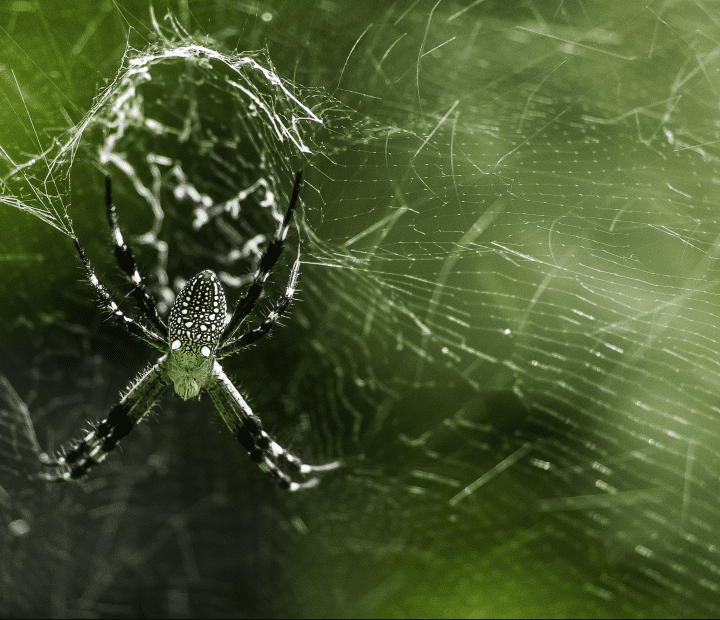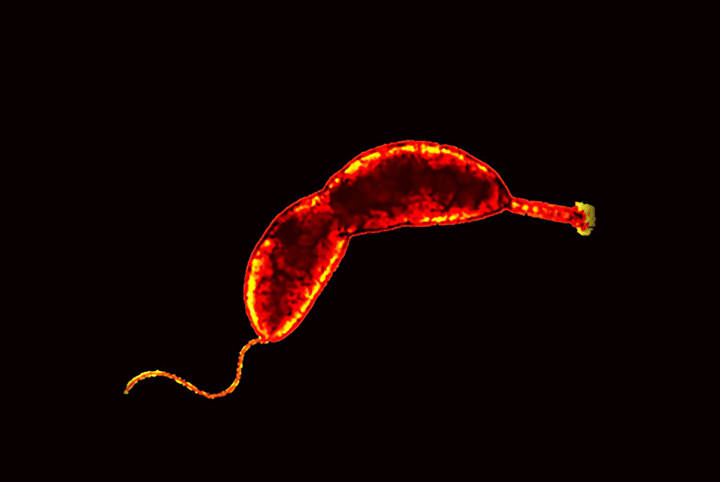Teeth of mammals anchored by spliced collagen fibres
It’s obvious that we need our teeth to stay put firmly in our jaws, but it’s less obvious that they do still need to move. As we grow, our jaw changes shape and size and our teeth need to be able to move to accommodate the difference. Even after we stop growing, our jaw bones are constantly being remodeled, causing subtle changes. Dental retainers take advantage of this slight flexibility applying pressure in one direction and forcing teeth to migrate slowly to a new, more preferable, position in the mouth. Other mammals, like rats, have teeth that never stop growing: their teeth must be strong and stable enough to cope with the forces generated by gnawing but flexible enough to cope with the constant movement.
Teeth are held in place by tiny ligaments, called periodontal ligaments. These tiny connective tissues are made primarily from collagen. Bone and tooth cementum (the surface layer of the roots of teeth) also contain collagen, however in bone and cementum the collagen is mineralized with calcium apatite to form a hard surface.
Collagen is a made up of multiple strands interwoven into fibers. In both bone and cementum, collagen fibers that are continuous with the mineralized tissue protrude from the hard surface. These fibers, called “Sharpey’s fibers” are the anchor points for the periodontal ligaments. Sharpey’s fibers from bone and cementum protrude into the space between the jaw bone and the tooth where the collagen bundles from each side fray and then splice with the frayed fibers from the opposite side. The fraying and splicing forms a multiply branched web of collagen instead of a bunch of cables. In this way, individual collagen fibers among the splice can be broken and reformed, allowing the slow movement of teeth without reducing the strength of attachment of the teeth in the jaw.






